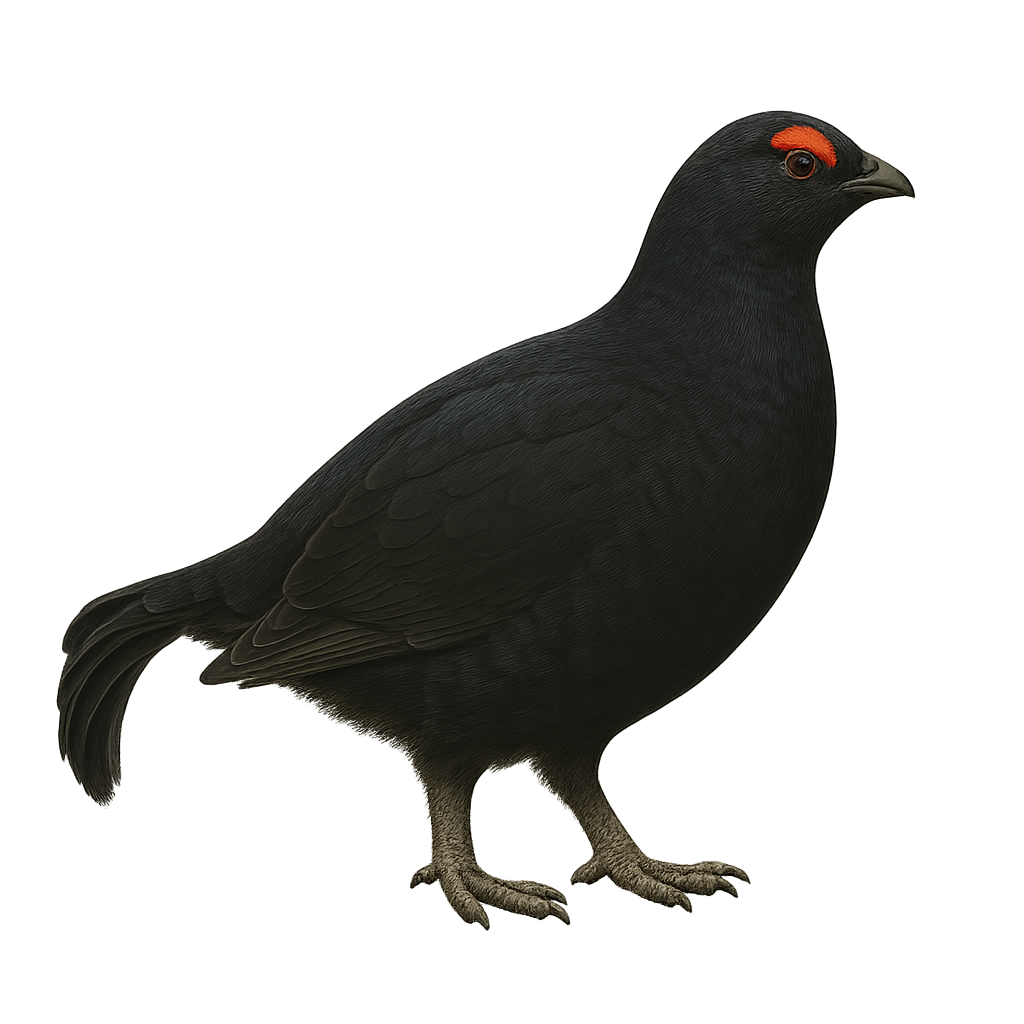Your wildlife photography guide.
Explore the caucasian black grouse in detail, study its behavior, prepare your shots.
Where to observe and photograph the caucasian black grouse in the wild
Learn where and when to spot the caucasian black grouse in the wild, how to identify the species based on distinctive features, and what natural environments it inhabits. The WildlifePhotographer app offers tailored photography tips that reflect the caucasian black grouse’s behavior, helping you capture better wildlife images. Explore the full species profile for key information including description, habitat, active periods, and approach techniques.
Caucasian Black Grouse
Scientific name: Lyrurus mlokosiewiczi

IUCN Status: Near Threatened
Family: PHASIANIDAE
Group: Birds
Sensitivity to human approach: Suspicious
Minimum approach distance: 30 m
Courtship display: April to June
Incubation: 21-23 jours
Hatchings: May to July
Habitat:
Alpine meadows, coniferous forests, shrublands
Activity period :
Primarily active during the day, with peak activity in the morning and late afternoon.
Identification and description:
The Caucasian Black Grouse, or Lyrurus mlokosiewiczi, is a captivating bird native to the Caucasus Mountains. This medium-sized grouse is distinguished by the male's glossy black plumage with metallic sheens and lyre-shaped tail. The female, more subdued, has mottled brown feathers that provide excellent camouflage. These birds primarily inhabit alpine meadows, coniferous forests, and shrublands. They are renowned for their spectacular courtship displays, where males gather to showcase their plumage and produce distinctive sounds. Although their population is stable, they face threats from habitat loss and human disturbance.
Recommended lens:
400mm – adjust based on distance, desired framing (portrait or habitat), and approach conditions.
Photography tips:
To photograph the Caucasian Black Grouse, it is essential to maintain a safe distance of at least 30 meters to avoid disturbing them. Use a telephoto lens of 400mm or more to capture detailed images without getting too close. The best photography opportunities occur early in the morning when males perform their courtship displays. Be patient and discreet, wearing neutral-colored clothing to blend into the environment.
The WildlifePhotographer App is coming soon!
Be the first to explore the best nature spots, track rutting seasons, log your observations, and observe more wildlife.
Already 1 430 wildlife lovers subscribed worldwide

